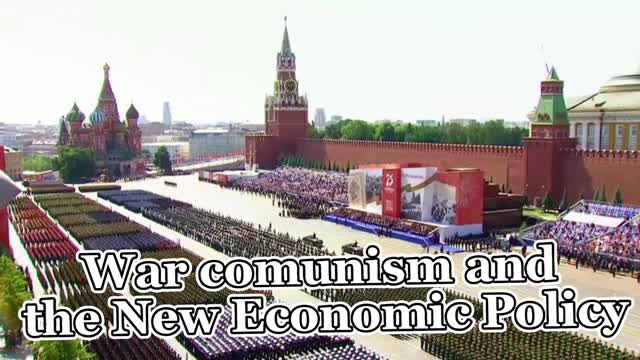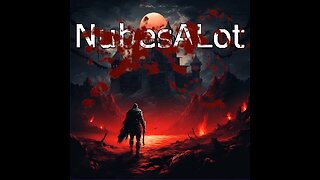Premium Only Content

Creation of the Soviet Union part-2 | War comunism and the New Economic Policy
War comunism and the New Economic Policy
The period from the consolidation of the Bolshevik Revolution in 1917 until 1921 is known as the period of war communism. Banks, railroads, and shipping were nationalized and the money economy was restricted. Strong opposition soon developed. The peasants wanted cash payments for their products and resented having to surrender their surplus grain to the government as a part of its civil war policies. Confronted with peasant opposition, Lenin began a strategic retreat from war communism known as the New Economic Policy (NEP). The peasants were freed from wholesale levies of grain and allowed to sell their surplus produce in the open market. Commerce was stimulated by permitting private retail trading. The state continued to be responsible for banking, transportation, heavy industry, and public utilities.
Although the left opposition among the Communists criticized the rich peasants or kulaks, who benefited from the NEP, the program proved highly beneficial and the economy revived. The NEP would later come under increasing opposition from within the party following Lenin's death in early 1924.
-
 LIVE
LIVE
a12cat34dog
2 hours agoGETTING AFTERMATH COMPLETED :: Call of Duty: Black Ops 6 :: ZOMBIES CAMO GRIND w/Bubba {18+}
202 watching -
 LIVE
LIVE
NubesALot
5 hours ago $0.02 earnedDark Souls Remastered
104 watching -
 LIVE
LIVE
GamersErr0r
16 hours agoOverwatch 2
293 watching -
 LIVE
LIVE
Phyxicx
2 hours agoRocket League with Friends! - 11/22/2024
151 watching -
 LIVE
LIVE
STARM1X16
3 hours agoFriday Night Fortnite
124 watching -
 29:51
29:51
Afshin Rattansi's Going Underground
18 hours agoJimmy Dore on Ukraine & WW3: Biden Wants a War that Trump CAN’T Stop, ONLY Hope is Putin’s Restraint
33.4K15 -
 LIVE
LIVE
Fresh and Fit
4 hours agoExposing WHO Killed JFK w/ Cory Hughes & Tommy Sotomayor
7,409 watching -
 LIVE
LIVE
RanchGirlPlays
4 hours ago🔴 Red Dead Redemption: Let's go help De Santa 🤠
234 watching -
 LIVE
LIVE
Man in America
11 hours agoWHAT?! Trump & the Fed are DISMANTLING the Global Banking Cartel!? w/ Tom Luongo
1,832 watching -
 LIVE
LIVE
HELMET FIRE
1 hour agoDEADROP IS BACK!
177 watching